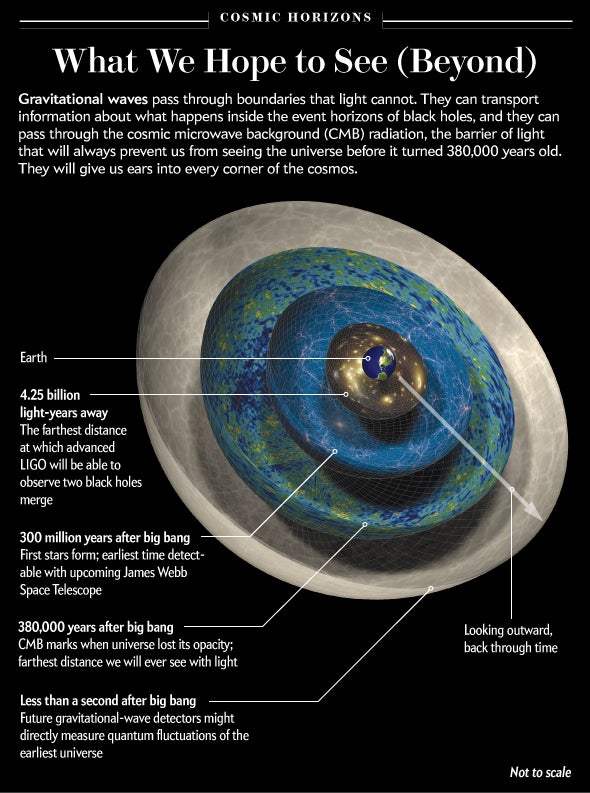This article was published in Scientific American’s former blog network and reflects the views of the author, not necessarily those of Scientific American
Editor’s Note (10/3/17): This year’s Nobel Prize in Physics was awarded to Rainer Weiss, Barry C. Barish and Kip S. Thorne "for decisive contributions to the LIGO detector and the observation of gravitational waves." This article was originally published before the discovery of gravitational waves was announced on February 11, 2016. It is being resurfaced to highlight the technology used to detect ripples in spacetime.
There has been a lot of talk lately about gravitational waves, as rumors of their possible detection at the Advanced Laser Interferometer Gravitational Observatory (LIGO) began circulating last week. Gravitational waves—ripples in the fabric of spacetime—are not a new concept, but it’s only recently that the technology designed to detect them has shown much promise.
Back in October 2013 (in the midst of LIGO’s freshly completed upgrade) Scientific American published an article on this exciting technology and its implications for our understanding of the universe. The infographics that accompanied the article (below) break down both how the technology works and what we hope it will reveal.
On supporting science journalism
If you're enjoying this article, consider supporting our award-winning journalism by subscribing. By purchasing a subscription you are helping to ensure the future of impactful stories about the discoveries and ideas shaping our world today.
.jpg?w=590)
Illustration by Moonrunner Design Ltd.; Graphics by Jen Christiansen

Illustration by Moonrunner Design Ltd.